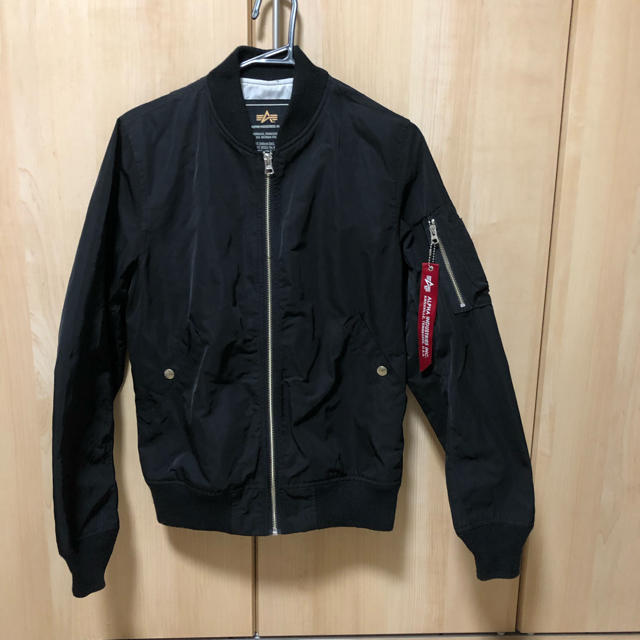
The 20 mm Hispano cannon were moved outboard and a more effective.

4 × 20 mm Hispano cannon with 120 rpg (this configuration was rarely fitted.).With of the relocation of the Hispano to the outer gun bay the blisters covering the feed motors were moved outboard on the gun bay doors. 50 cal Browning M2 machine guns, with 250 rpg in the inner bays. 2 × 20 mm Hispano Mk II cannon with 120 rounds-per-gun (rpg) in the outer bays combined with 2 ×.The inner gun bays allowed for two weapon fits Structurally unchanged from the C wing, the outer machine gun ports were eliminated, although the outer machine gun bays were retained and their access doors were devoid of empty cartridge case ports and cartridge case deflectors. To avoid the expansion of fuel in hot weather damaging the wing, pressure relief valves, incorporating small external vent pipes, were fitted near the wing tips. These were specifically made for the Photo-Reconnaissance Spitfires, including the PR XIX no armament was fitted and the "D" shaped leading edges of the wings ahead of the main spar, were converted into integral fuel tanks, each carrying 66 gallons. As the Spitfire was no longer to be used as a night fighter, the retractable landing lights were no longer fitted. To provide room for the belt feed system of the cannon, the inner machine gun bays were moved outboard between ribs 13 and 14. Redesigned upper wing gun bay doors incorporated "teardrop" shaped blisters to clear the cannon feed motors and the lower wings no longer had the gun bay heating vents outboard of the gunbays. The fairings over the Hispano barrels were shorter and there was usually a short rubber stub covering the outer cannon port. The Hispano Mk.II cannons were now belt fed from box magazines allowing for 120 rpg (the Châtellerault system). Several versions of the Spitfire, including Mk XIV and Mk XVIII had extra 13 gallon integral fuel tanks in the wing leading edges, between the wing-root and the inboard cannon bay. During production of the Mk VIII and Mk IX, a new undercarriage leg was introduced which had external v-shaped "scissor-links" fitted to the front of the leg this also led to small changes in the shape of the undercarriage bay and leg fairings. Stronger undercarriage legs were raked 2 inches (5.08 cm) forward, making the Spitfire more stable on the ground and reducing the likelihood of the aircraft tipping onto its nose. The undercarriage mountings were redesigned and the undercarriage doors were bowed in cross section allowing the legs to sit lower in the wells, eliminating the upper-wing blisters over the wheel wells and landing gear pivot points.
#WAR THUNDER SPITFIRE M1A PLUS#
This wing was structurally modified to reduce labour and manufacturing time plus it was designed to allow mixed armament options, A type, B type or four 20 mm Hispano cannon. These were used on modified undercarriage legs which had reduced "toe-in" for the axles, which reduced tyre scrub.Īlso known as the "Universal wing" the new design was standard on the majority of Spitfires built from mid-1942. With the increasing use of hard-surfaced runways in the post-war years, many Spitfires were either manufactured or re-fitted with, larger mainwheels which were of a "three spoke" pattern.

Unless otherwise noted, all Griffon-engined Spitfire variants used the strengthened Dunlop AH10019 "four spoke" pattern mainwheels.

The majority of Spitfires from the Mk VIII used C, D and E wing types. This article describes the Griffon-powered Spitfire variants. The first of the Griffon-engined Spitfires flew on 27 November 1941.Īlthough the Griffon-engined Spitfires were never produced in the large numbers of the Merlin-engined variants they were an important part of the Spitfire family, and in their later versions kept the Spitfire at the forefront of piston-engined fighter development. Concepts for adapting the Spitfire to take the new engine had begun as far back as October 1939 Joseph Smith felt that "The good big 'un will eventually beat the good little 'un." and Ernest Hives of Rolls-Royce thought that the Griffon would be "a second power string for the Spitfire". The Rolls-Royce Griffon engine was designed in answer to Royal Navy specifications for an engine capable of generating good power at low altitudes.


 0 kommentar(er)
0 kommentar(er)
